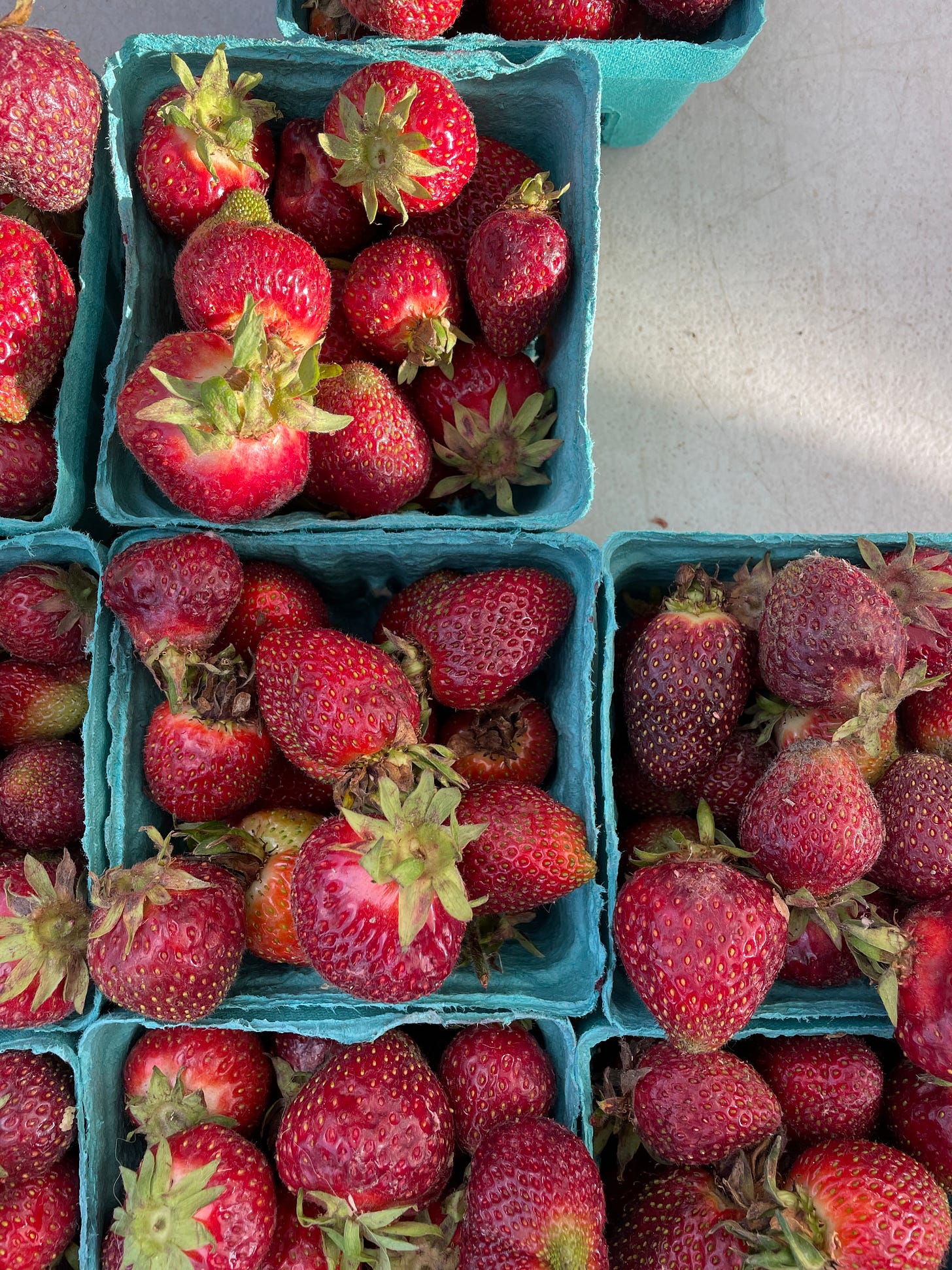0000-1851. Before Seattle was Seattle, what did Pacific Northwest indigenous peoples eat?
Climate, as it turns out, is a function of geology. After a week of reading and watching stuff, I’ve learned that Washington’s climate is unique due to its position on the Pacific Coast and the influence of three mountain ranges: the Olympics, the Cascades, and the Rockies.
Fascinating!1 But before we discuss what makes Washington’s climate unique, I want to introduce you to the Köppen climate classification system:
The Köppen climate classification system categorizes climate zones throughout the world based on local vegetation. Wladimir Köppen, a German botanist and climatologist, first developed this system at the end of the 19th century, basing it on the earlier biome research conducted by scientists. These scientists learned that vegetation and climate are intricately linked. The vegetation that grows in a region is dependent on the temperature and precipitation there, which are two key factors of climate. Areas with more rainfall and higher temperatures contain more forests while regions with less rainfall tend to be deserts. The Köppen climate classification system has been enhanced and modified several times since it was first published.
Using this system, Washington state contains multiple climate types, among the most of any American state, with Seattle exhibiting a Mediterranean climate.2 Which seems so weird to me.3 When I think Mediterranean, I think Greece and the south of France, not Seattle. But, when you read the definition after living in Seattle for 20+ years, you know it to be true: cool yet temperate, wet winters with dry, sunny summers (we’re talking dry: lawns turn brown and crunchy, dirt becomes powdery and cracked). Seattle’s summers are drier, in fact, than summer in some parts of the American southwest.4

And naturally, with these climate types come the conditions with which to grow a variety of different foods.5
Rich soils, diverse climates and large-scale irrigation make Washington State one of the most productive agricultural regions in the world, allowing us to produce over 300 different crops.
With fall being temperate, short winters and early springs meant no one would starve in the Pacific Northwest unless you were too fussy, too ignorant or just too lazy.
– A History of Pacific Northwest Cuisine
Three hundred different crops! That’s amazing! And necessary (did you know you should eat between 20-30 different foods per day?) Something I actually didn’t fully appreciate until I left Seattle and lived in the mid-Atlantic for five years. Which reminds me: the Queen Anne Farmer’s Market started two weeks ago! It’s time for some Pacific Northwest strawberries.
Next Up
I want to explore the rain shadow phenomenon created by the region’s mountains and maybe cloud formations and rain. ‘Cause you all know that Seattle receives a lot less rain than it’s reputed for, right?
Which Köppen Climate Classification do you live in? What types of food grow there?
Food is about dialogue. Let’s start a conversation.
You’re going to hear me use that word a lot, because all of this stuff is fascinating!
And apparently other people, too, who classify it as a mix of Mediterranean and Oceanic.
Am I really referencing Fox News?! Unbelievable. But yes. I am.
Not as many as California’s, but given that climate change is having a more drastic effect on the Golden State at the moment, that could easily change. You can’t grow much of anything without water.






A landscape architect friend taught me this 20 years ago and inspired me to plant my favorite things from the south of France; Lavender, thyme, rosemary, dianthus, eryngos, a mimosa tree.
They recently discovered a new species of fig tree indigenous to the PNW, called an Olympian Fig. Planning for it in a future sunnier yard!
So cool how Seattle and some sections of the coast to the south have this special, productive climate zone. It’s also interesting to note that the western third of the country has such a mix of climate zones, while the east is dominated by just three climate zones.